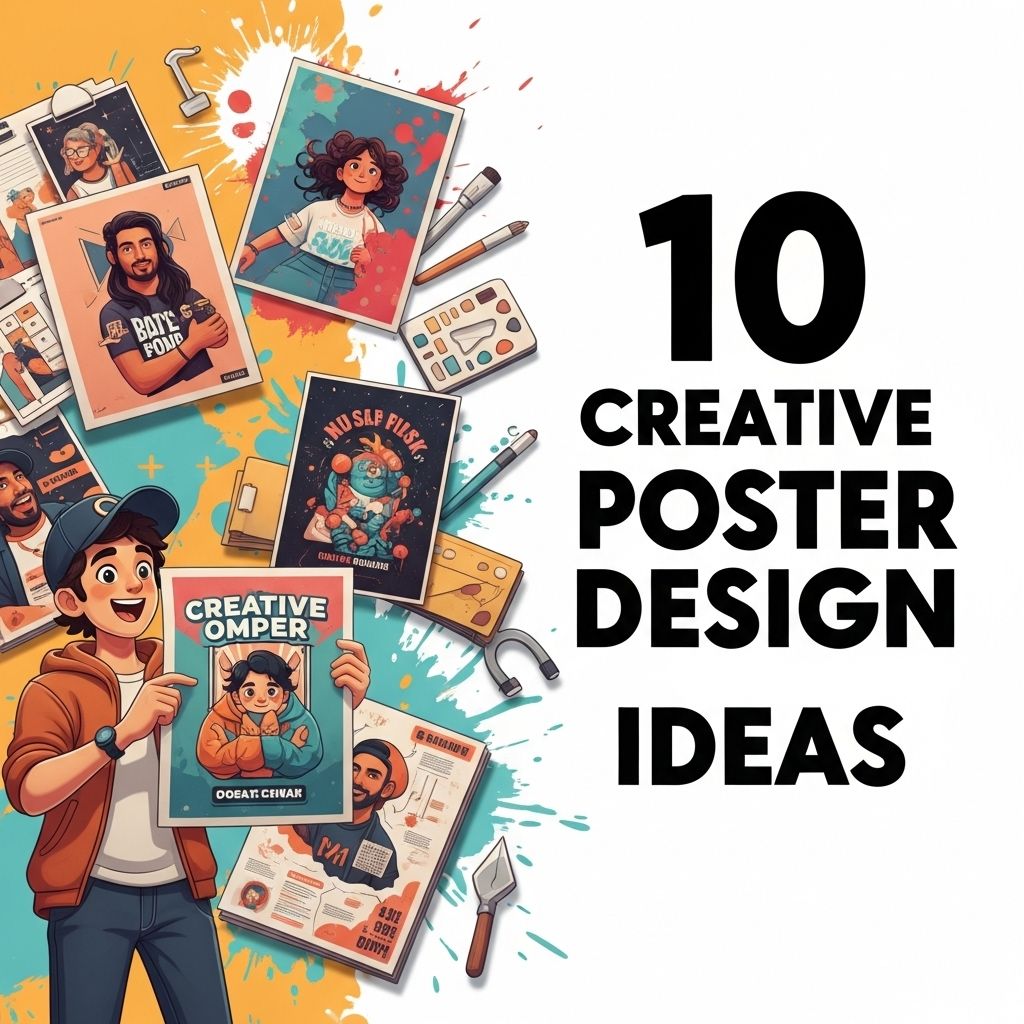In the ever-evolving landscape of digital design, artificial intelligence (AI) has emerged as a powerful tool that can help both seasoned designers and novices create stunning logos with remarkable efficiency and innovation. This article dives deep into the world of AI logo generation, exploring the tools available, the design process, and best practices to ensure your logo stands out in a crowded market.
Understanding the Basics of Logo Design
Before diving into AI tools, it’s essential to grasp some fundamental principles of logo design. A logo is more than just a pretty image; it’s the visual representation of your brand. Here are some key characteristics of effective logos:
- Simplicity: A simple logo is more memorable and versatile.
- Relevance: It should resonate with your target audience.
- Memorability: A strong logo leaves a lasting impression.
- Timelessness: Aim for a design that won’t quickly become outdated.
- Versatility: Your logo should work across various platforms and media.
The Role of AI in Logo Design
AI-driven logo design tools leverage machine learning algorithms to generate design options quickly based on user inputs. This technology can analyze vast amounts of design data, learn from trends, and produce unique designs tailored to your specifications.
How AI Generates Logos
AI logo generation typically involves the following steps:
- User Input: The user provides details such as industry, company name, tagline, and preferred style.
- Algorithm Analysis: The AI analyzes these inputs and draws from a database of existing designs, shapes, and color schemes.
- Design Generation: The AI generates several logo options that align with the provided input.
- Customization: Users can refine their chosen designs, adjusting colors, fonts, and layouts as desired.
Top AI Logo Design Tools
Numerous AI-powered logo design platforms can help you create stunning logos in no time. Here are some of the most popular options:
| Tool | Features | Price |
|---|---|---|
| Looka | Guided design process, extensive template library | Free trial, paid options starting at $20 |
| Canva | User-friendly interface, customization options, multiple design formats | Free with premium options starting at $12.95/month |
| Hatchful | Easy to use, brand kit features, diverse styles | Free |
| Designhill | AI logo generator, professional design service available | Free to generate, prices vary for downloads |
| Tailor Brands | AI-powered branding tools, logo maker, and business card design | Starts at $9.99/month |
Steps to Create Your Logo Using AI
Once you’ve chosen an AI logo design tool, follow these steps to create your logo:
1. Define Your Brand
Before generating a logo, clearly define your brand identity:
- Mission: Understand what your business stands for.
- Target Audience: Identify who will connect with your brand.
- Unique Selling Proposition: Determine what sets you apart from competitors.
2. Choose an AI Logo Design Tool
Select one of the tools mentioned earlier and sign up or access their free version. Explore the features to get familiar with the platform.
3. Provide Input
Fill in the required fields, such as:
- Company name
- Tagline (if applicable)
- Industry
- Preferred colors and styles
4. Review Generated Options
Once the AI generates logo options, review each design carefully. Look for distinctive elements, color combinations, and typography that resonate with your brand identity.
5. Customize Your Logo
Select a logo that stands out and customize it further. Most AI tools allow you to:
- Change colors
- Adjust fonts
- Modify layouts
6. Seek Feedback
After customizing your logo, share it with trusted individuals for feedback. Consider their opinions and make adjustments if necessary.
7. Download and Use
Once satisfied with your logo, download it in various formats (e.g. PNG, SVG, EPS) to ensure you have the right file types for different uses.
Best Practices for Logo Usage
After creating your logo, it’s vital to use it consistently across all platforms. Here are some best practices:
- Maintain Consistent Colors: Use the same color palette to reinforce brand recognition.
- Use High-Resolution Files: Ensure your logo looks sharp on all devices.
- Consider Different Formats: Use vector files for print and raster files for web use.
- Refresh When Necessary: Don’t hesitate to update your logo to keep your brand relevant, but do it thoughtfully.
Conclusion
Creating a stunning logo with the help of AI is not only possible but also increasingly accessible. By understanding the principles of logo design and utilizing AI tools effectively, you can produce a logo that captures your brand’s essence and engages your audience. Embrace the power of AI, and watch as your brand’s visual identity comes to life!
FAQ
What are the benefits of using AI to create logos?
Using AI to create logos offers benefits such as quick design generation, access to a variety of styles, and the ability to customize elements easily, allowing for a more efficient creative process.
What tools are available for AI logo design?
There are several AI logo design tools available, including Looka, LogoMaker, and Canva, which provide user-friendly interfaces and advanced algorithms to create stunning logos.
Can I customize my AI-generated logo?
Yes, most AI logo design tools allow for customization, enabling you to adjust colors, fonts, and layouts to ensure the logo reflects your brand’s identity.
How much does it cost to create a logo with AI?
The cost of creating a logo with AI varies by platform, with options ranging from free services with limited features to premium subscriptions that offer more advanced customization and high-resolution downloads.
Is it possible to trademark an AI-generated logo?
Yes, you can trademark an AI-generated logo, but it’s important to ensure that the design is unique and does not infringe on existing trademarks.
Are AI-generated logos as effective as those created by human designers?
AI-generated logos can be highly effective, but the best results often come from combining AI capabilities with human creativity and insight for a more tailored design.




